Saijo Asian Persimmon Tree
Description
Beautiful and flavorful. The name translates to “the very best one”. In late fall, the upright, rounded tree adds beauty to the landscape when its green foliage turns brilliant shades of orange, yellow, and red. The conical orange fruit has a sweet, yellow flesh with few-to-no seeds making it perfect for fresh eating. Also great for drying, baking, and freezing. Fruit is astringent until fully ripe and soft. Heat-tolerant. Ripens in late September to early October. Grafted. Self-pollinating.
Note: Our persimmon trees are grown in EZ Start® pots, which allow the roots to self-air prune and redirect energy to producing a dense mass of feeder roots. The main tap root will begin forming once planted in its permanent location, and will fully develop over the next 2-3 years.
Survival Guaranteed!


Since 1816, Stark Bro’s has promised to provide customers with the very best fruit trees and plants. It’s just that simple. If your trees or plants do not survive, please let us know within one year of delivery. We will send you a free one-time replacement, with a nominal shipping fee of $9.99. If the item in question is not available, we can issue a one-time credit to your account equaling the original product purchase price or issue you a refund. Read more about our warranty policy.
Characteristics
| Bloom Color | Pink, White |
| Fruit Color | Orange |
| Fruit Size | Small - Medium |
| Hardiness Zone Range | 6 - 9 |
| Pollination | Self-Pollinating |
| Ripens/Harvest | Late September-early October |
| Shade/Sun | Full Sun |
| Soil Composition | Loamy |
| Soil Moisture | Well Drained |
| Soil pH Level | 6.0 - 7.0 |
| Taste | Sweet |
| Texture | Smooth, Custard Texture |
| Years to Bear | 3 - 4 |
Size & Spacing
Mature Size
Recommended Spacing
Zone Compatibility
Pollination
This variety is self pollinating.
Tools & Supplies
Planting & Care
Learn all about how to grow persimmon trees in The Growing Guide. An entire section of our website dedicated to your growing success.
Shipping Information
Arrives when it's time to plant
Questions & Answers
Saijo is a very productive variety without cross-pollination. If you have another variety that pollinates your Saijo (like Chocolate or a variety that produces male flowers), the Saijo's fruit will be larger and seeded, but not necessarily a larger quantity of fruit.
The Saijo persimmon variety's fruit is mostly seedless - meaning it may develop seeds, it's just not likely and there won't be very many if it does happen. Other seedless varieties include Fuyu and Ichi-Ki-Kei Jiro.
Compared to other fruits, persimmons ripen late. Yet Saijo ripens a bit earlier than most persimmons, which is why I bought it, besides for its exquisite flavor. Always let the fruits reach full color before picking, then wait until they soften before eating. If you try one while still hard, you will discover the full meaning of the word "astringent!" Thus hold off sampling a Saijo until it gets soft. Some other persimmons, such as Fuyus, can be eaten while still firm--but definitely not Saijos. Don't even try!
My Saijo tree from Starks is still too young to bear, but is growing beautifully and I hope to enjoy its fruits in a year or two. I am in a zone too cool to ripen Saijos dependably, so I crafted a structure to hold a temporary cover over the tree for extra warmth if needed. Not sure where you live, but that may be an option if your season is short. The luscious persimmons you will enjoy are sooo worth all the efforts! But if you live where autumns are long and warm, then you can leave the Saijos on the tree until they soften.
I prune all my fruit trees, including three persimmons, to stay short (seven feet max) so I don't have to get on a ladder. They grow more horizontally that way and bear prodigiously. Much easier to care for and harvest, too. The method is called "solstice pruning." Do look it up.
Persimmons are grafted on to American persimmon seedling rootstock,
When your tree matures, it will be approximately 15 - 20' tall x 15 - 20' wide.
We appreciate you reaching out to us. The Saijo will not be ready to ship until this coming spring.
If you have any further questions please don't hesitate to reach back out to us. Have a great day!
These must be allowed to ripen, getting soft almost to the point of being mushy. The variety that slay be eaten while still firm is the Fuyu, Ichi-Ki-Kei-Jiro, Jiro, and Maekawa which are juicy and sweet while still firm.
You are very lucky that the plant is growing well and strong, but I think you should remove those flowers because this stage still needs more stem development! My plants did not recover after this past winter.
I am not a persimmon expert but premature fruit I have see and witnessed in other fruit trees I have. This usually occurs when a fruit tree is under some type of stressful situation. Stressful situations like 1. The tree is young and does not have an adequate reserve to produce a mature fruit. 2. There is nutrient or water stress happening during fruit development. Too much nutrients or too little nutrients can cause fruit drop. Drought causes fruit and leaf drop, namely the tree goes into survival mode. 3. Some varieties are biennial and you have good fruit production followed by little fruit production. 4. Some times you may have too much fruit and the tree gets rid of the excess. 5. Japanese persimmons usually are self fertile and can produce fruit with little to no pollination. Some produce fruit with no seed by parthenogenesis . With adequate moisture and nutrient reserves these fruit survive to maturity. If the tree is under stress the parthenogenesis fruit is the first to go. A fruit with seed produces hormones informing the tree that the next generation is assured . A sterile or seedless fruit does not produce hormones informing the tree that the next generation is there so it becomes expendable and drops off.
That will depend upon which option you choose. Please see the "Choose an option" dropdown menu near the top of the page, which will show you the various sizes/options that are available.

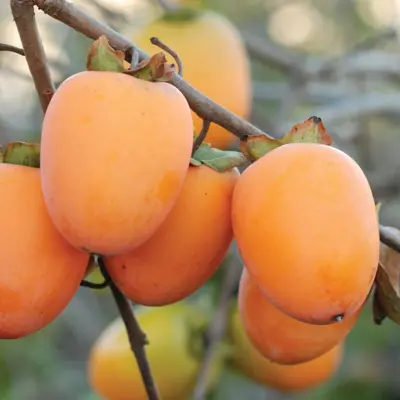
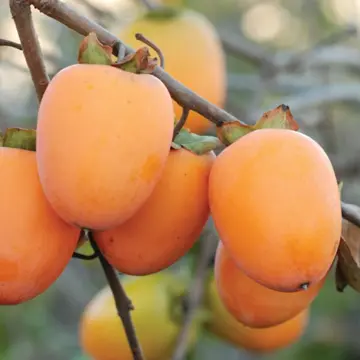
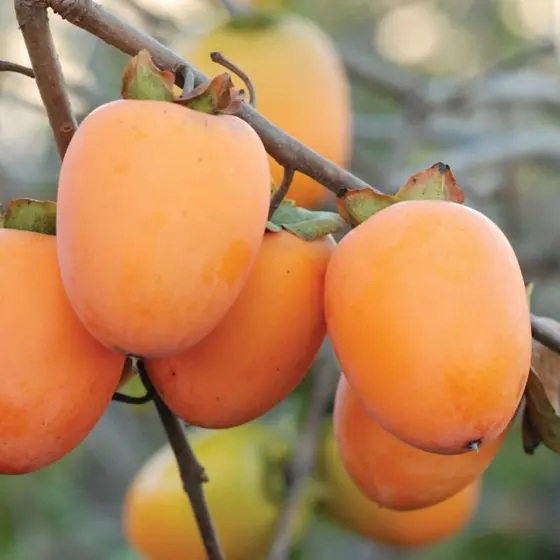
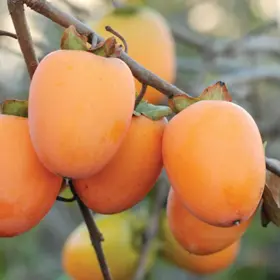
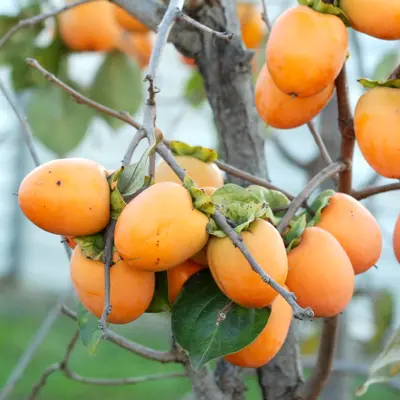
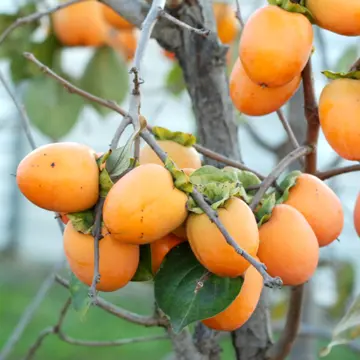
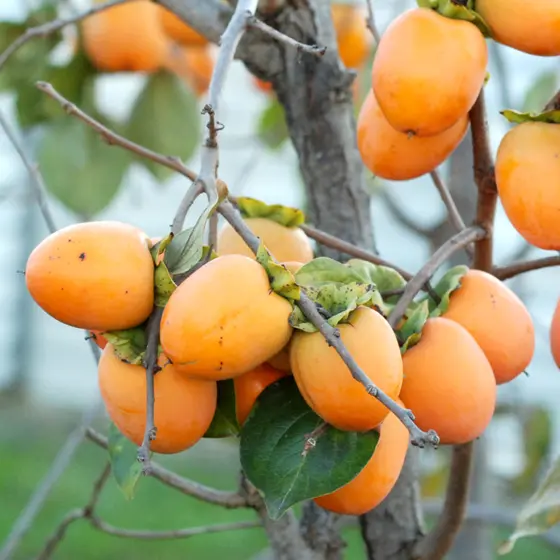
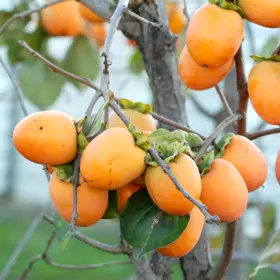
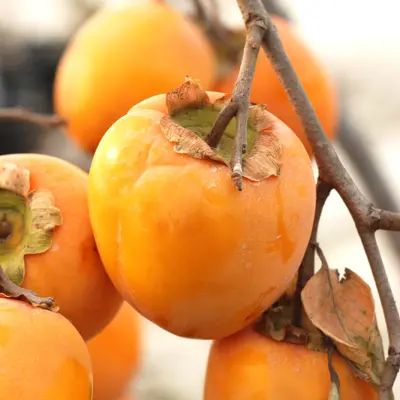
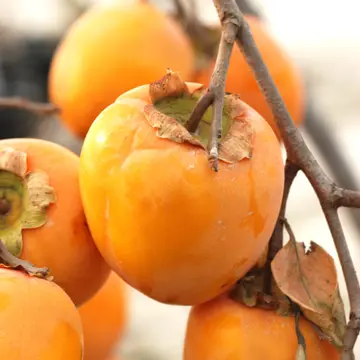
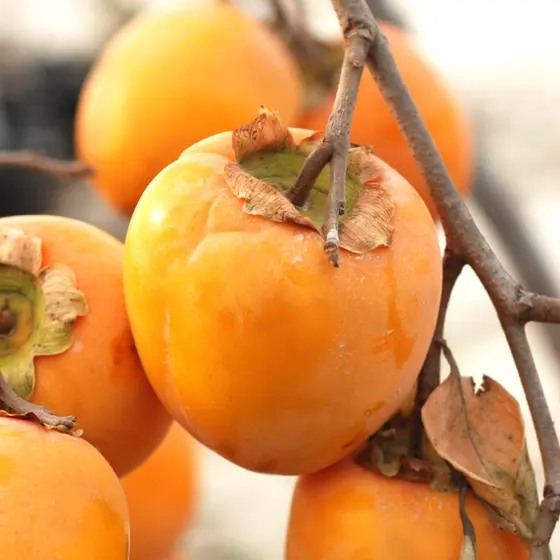
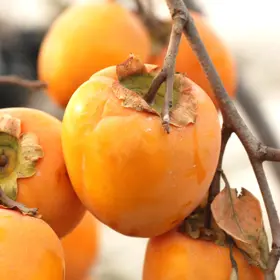
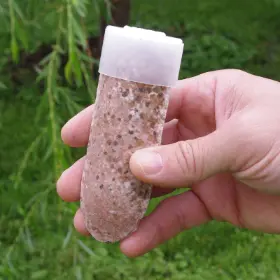
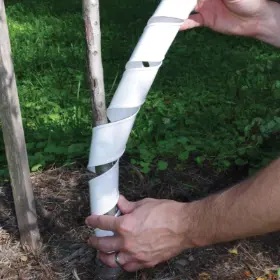

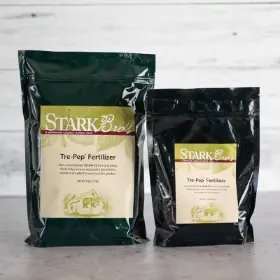
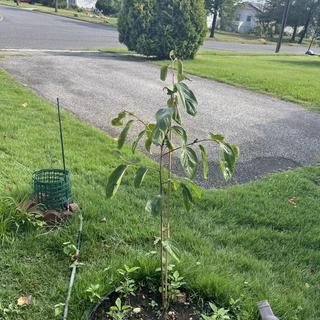
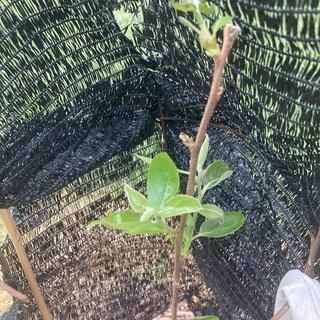

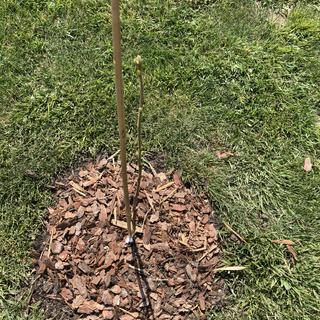
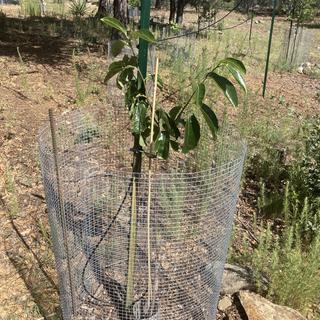
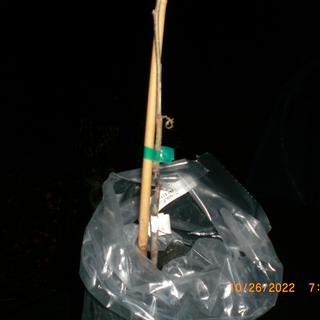
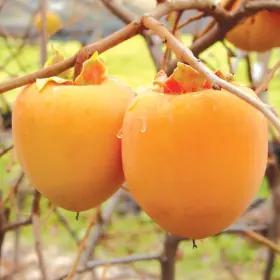
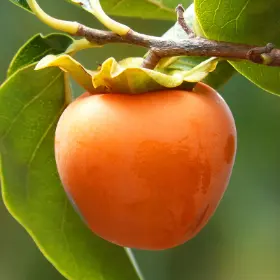
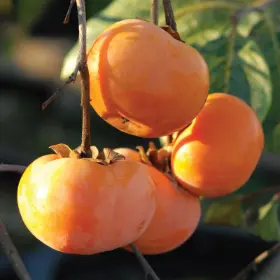
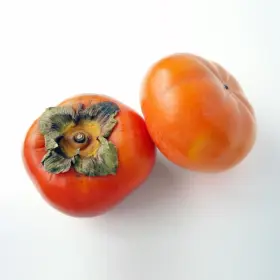
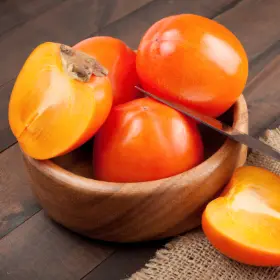
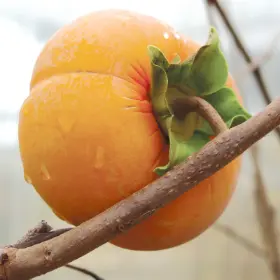
Replacement order
I had this persimmon in Japan the fruit is so good
Been waiting for a cold hardy variety! Zone 6a
We love persimmons and this tree is hardy to our area.